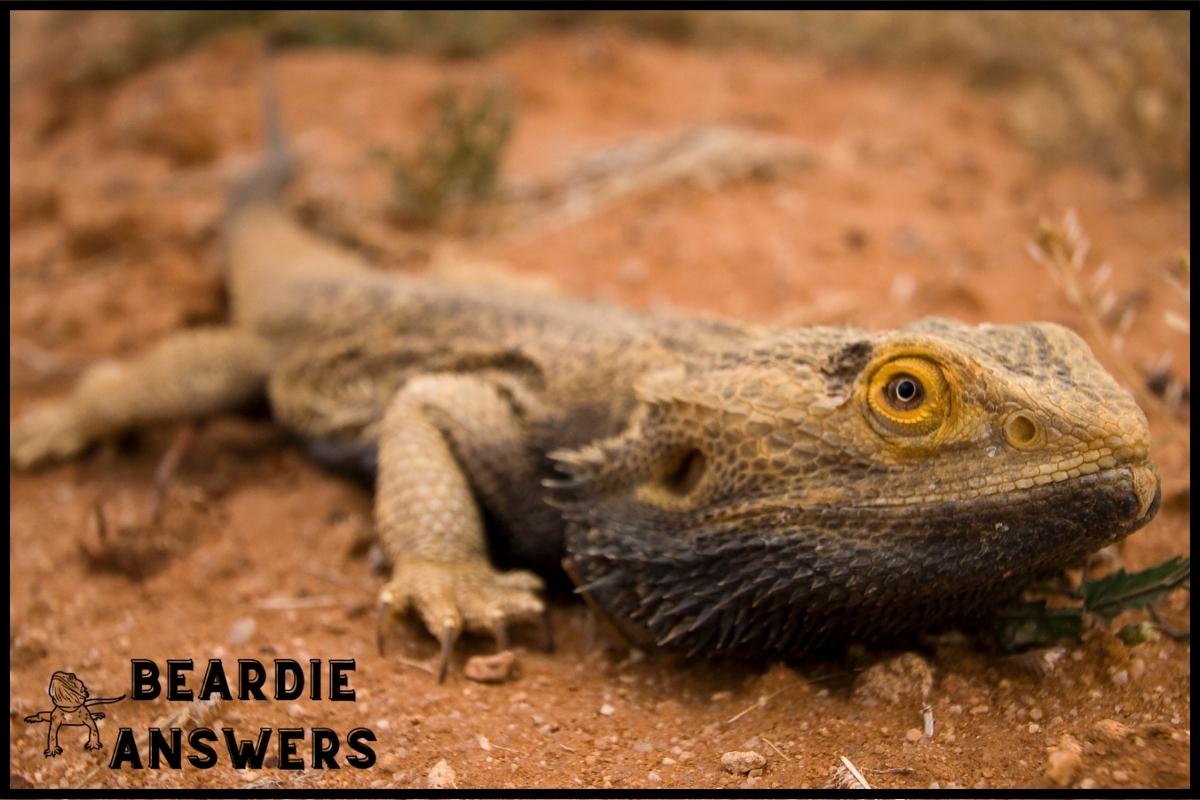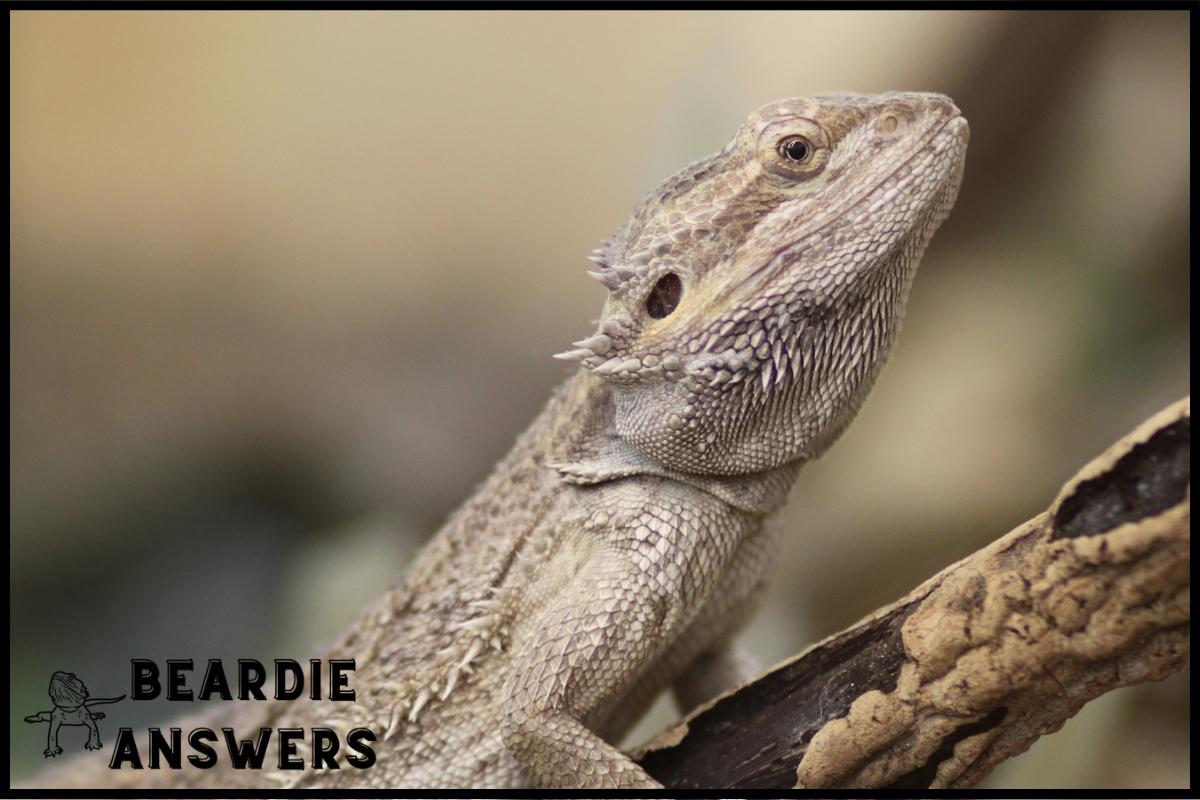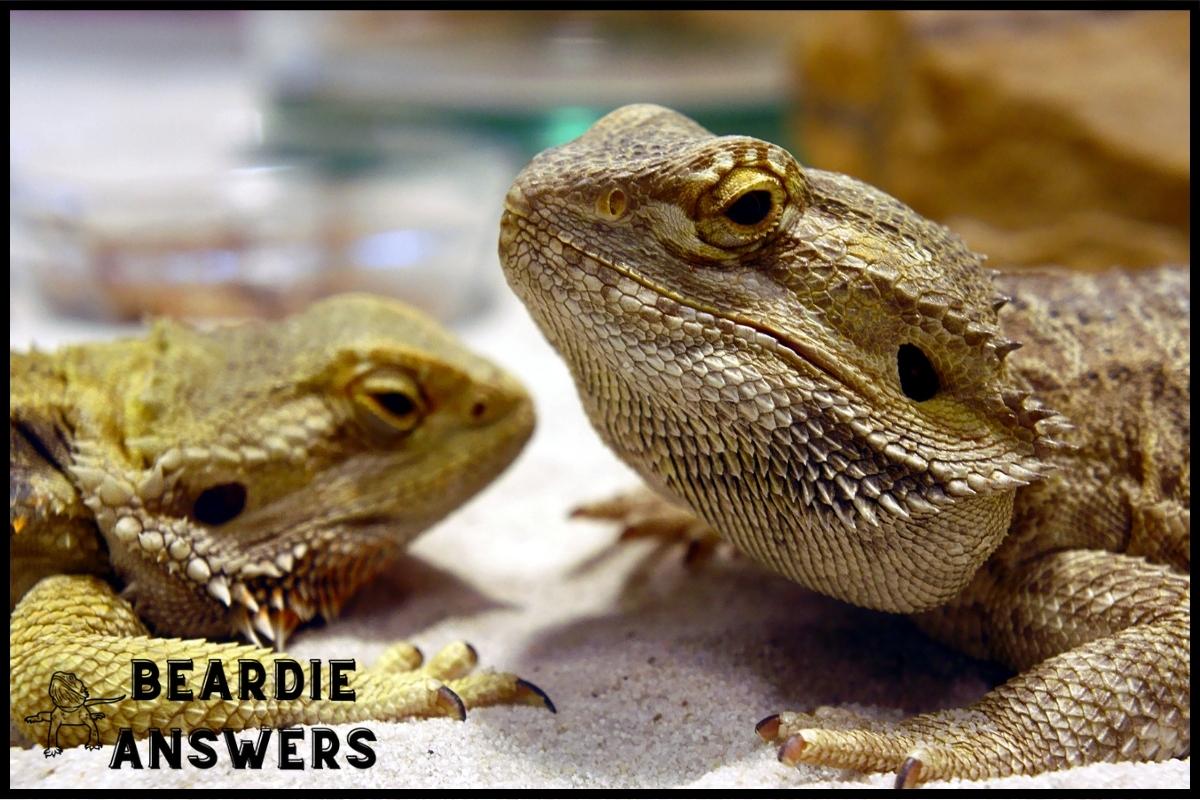When it comes to choosing a substrate for your bearded dragon, there is no one-size-fits-all answer. Both sand and carpet have advantages and disadvantages, and the best substrate will depend on the individual needs of your bearded dragon. However, if you take the proper precautions, both sand and carpet can make great substrates for your beardie.
What You'll Learn
Understanding the Needs of Bearded Dragons
Before we can determine whether sand or carpet is the best substrate for a bearded dragon, we need to understand their needs.
Bearded dragons are desert-dwelling reptiles and therefore require a warm, dry environment. Their enclosure should be kept between 75-90°F and they need access to both a basking area and a cooler area in their enclosure.
Humidity levels should be kept low, between 30-40%. Bearded dragons also need access to UVB lighting in order to stay healthy.
Advantages and Disadvantages of Sand
Sand is a popular substrate choice for bearded dragons, as it mimics their natural desert environment.
Sand is also ideal for burrowing, which bearded dragons enjoy. It is also fairly easy to spot clean and inexpensive.
However, sand can also be risky for bearded dragons.
Sand is prone to compaction and can make it difficult for bearded dragons to regulate their temperature.
Sand can also be ingested, which can cause impaction, a serious health issue. Sand can also be difficult to keep clean and can easily become dusty.
Advantages and Disadvantages of Carpet
Carpet is a popular substrate choice for bearded dragons as it is easy to clean and inexpensive. Carpet is also safe for bearded dragons, as it is not prone to compaction and won’t be ingested.
However, carpet can be slippery, which can make it difficult for bearded dragons to climb and can be hard on their feet. Carpet is also not ideal for burrowing and can be difficult to keep clean.
What is the Best Substrate for Bearded Dragons?
When it comes to choosing the best substrate for bearded dragons, there is no one-size-fits-all answer. Both sand and carpet have advantages and disadvantages, and the best substrate will depend on the individual needs of your bearded dragon.
For Owners Who Prefer Sand
If you decide to use sand as your substrate, there are a few steps you can take to ensure your bearded dragon’s safety.
Choose Sand Specifically For Reptiles
Avoid play sand or construction sand, as these can contain chemicals that can be dangerous for your bearded dragon.
Regularly Sift The Sand
Make sure to sift through the sand regularly to remove any debris or food particles, as these can attract pests.
Check Your Beardie
Be sure to regularly check your bearded dragon’s eyes, mouth, and nose for any signs of impaction.
For Owners Who Prefer Carpet
If you choose to use carpet as your substrate, there are also a few things you can do to ensure your bearded dragon’s safety.
Natural Fibers
First, pick a carpet made from natural fibers, such as jute or sisal. Avoid synthetic fibers, as these can irritate your bearded dragon’s skin.
Vacuum
Also, be sure to vacuum the carpet regularly to remove any debris or food particles, as these can attract pests.
Check For Wear and Tear
Check the carpet for any signs of wear or tear, as these can make it difficult for your bearded dragon to move around.

Hi! My name is Bryan, I am the “one behind the words” here are BeardieAnswers.com. I believe that providing quality care and nutrition is the best way to ensure the health of your pet. Every beardie is special and deserves the best care and attention. If you have questions about your bearded dragon, please don’t hesitate to ask! View My Full Author Page




